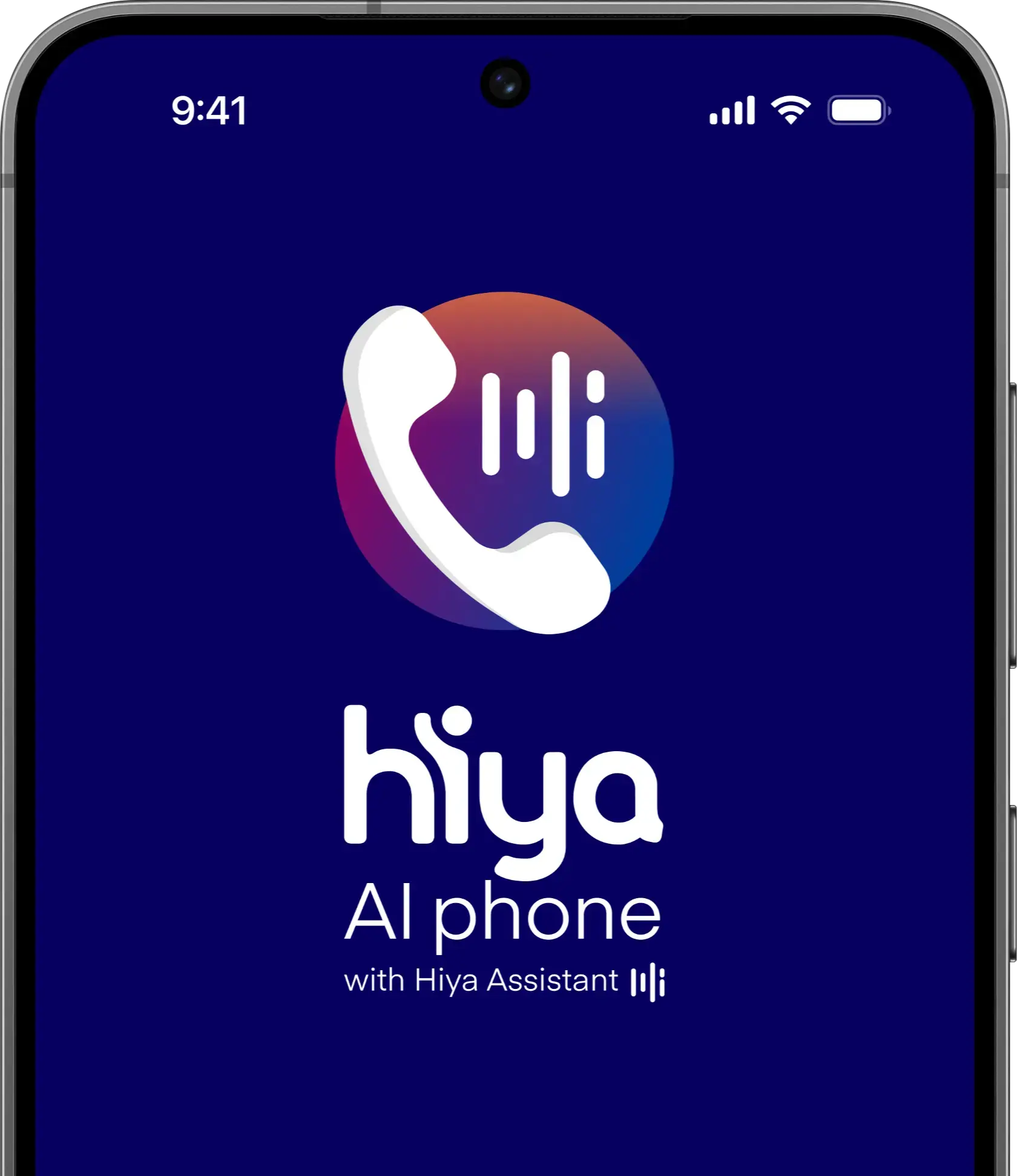
But first — what’s the deal with Caller ID?
Where did it come from, how did it originate, and how is it used now?
In 1968, Greek communications engineer Theodore George “Ted” Paraskevakos began developing a system to automatically identify a call for the call recipient. He was responding to consumers’ want to know who was calling, as phone bills were a pretty penny. In 1960 in the United States, a rotary phone cost $100 for a portable headset, $20-$30 per month for access to a calling network, and – on top of this – 45-75 cents per minute for most calls. Consumers were wasting money answering unknown calls, mostly from spammers looking to sell them services they didn’t need!
After several attempts, Paraskevakos’ system worked! By the 1980s, a majority of end-users were now able to see who was calling them. And with it, consumers were able to more able to informed decisions about their time, energy, and money by avoiding annoying and unwanted calls.
The Problem with Traditional Caller ID
Unfortunately, in recent years, most caller ID has not kept up with evolving technologies. With the advent of mobile phones, it’s become more difficult for businesses to update their caller ID listing. And then there’s the onslaught of spam and spoof calls facing consumers; The U.S. Federal Trade Commission just issued a report that 5 million complaints against the Do Not Call Registry were issued in the last fiscal year to September 30, 2021. This had led to consumers and businesses alike facing the same issues they dealt with in 1960. And because consumers still want to mitigate strains on their resources, they have become less likely to answer the phone. In fact, 94% of consumers will not answer an unknown call. This is a death sentence for businesses that rely on the voice channel to establish, develop, and maintain relationships with their customers.
Enter Branded Caller ID—a technology built for the modern mobile network
Branded Caller ID has enhanced traditional caller ID by enabling businesses to display not only a phone number, but also a name, a company logo, and even a short reason for the call. (For example, seeing your bank’s logo pop up on your cell phone when suspected fraudulent activity has been detected on your card).
Because landline-based caller ID is still around, many companies may be unaware of the differences between solutions built for landline vs. mobile technology, and struggle to choose the right provider for this service. Our buyer’s guide is designed to address the questions, misconceptions, and more importantly, the tremendous, untapped optimization opportunities available when branded caller ID is utilized as a part of a full-service Voice Performance Platform. You’ll learn why there are significant disadvantages to relying solely on CNAM: the often numerous inconsistencies and update delays, no ability to A/B test identity, CNAM often presenting the wrong Caller ID Name (if it works at all!), display name constraints, and no accountability or reporting to measure efficacy – just to name a few. After reading this guide, businesses will be able to gain a greater sense of how to evaluate various branded caller ID options, what limitations to watch for, and how to best leverage the branded caller ID capabilities available to them in order to build strong trust and deliver exceptional customer experiences. Find the guide here.








